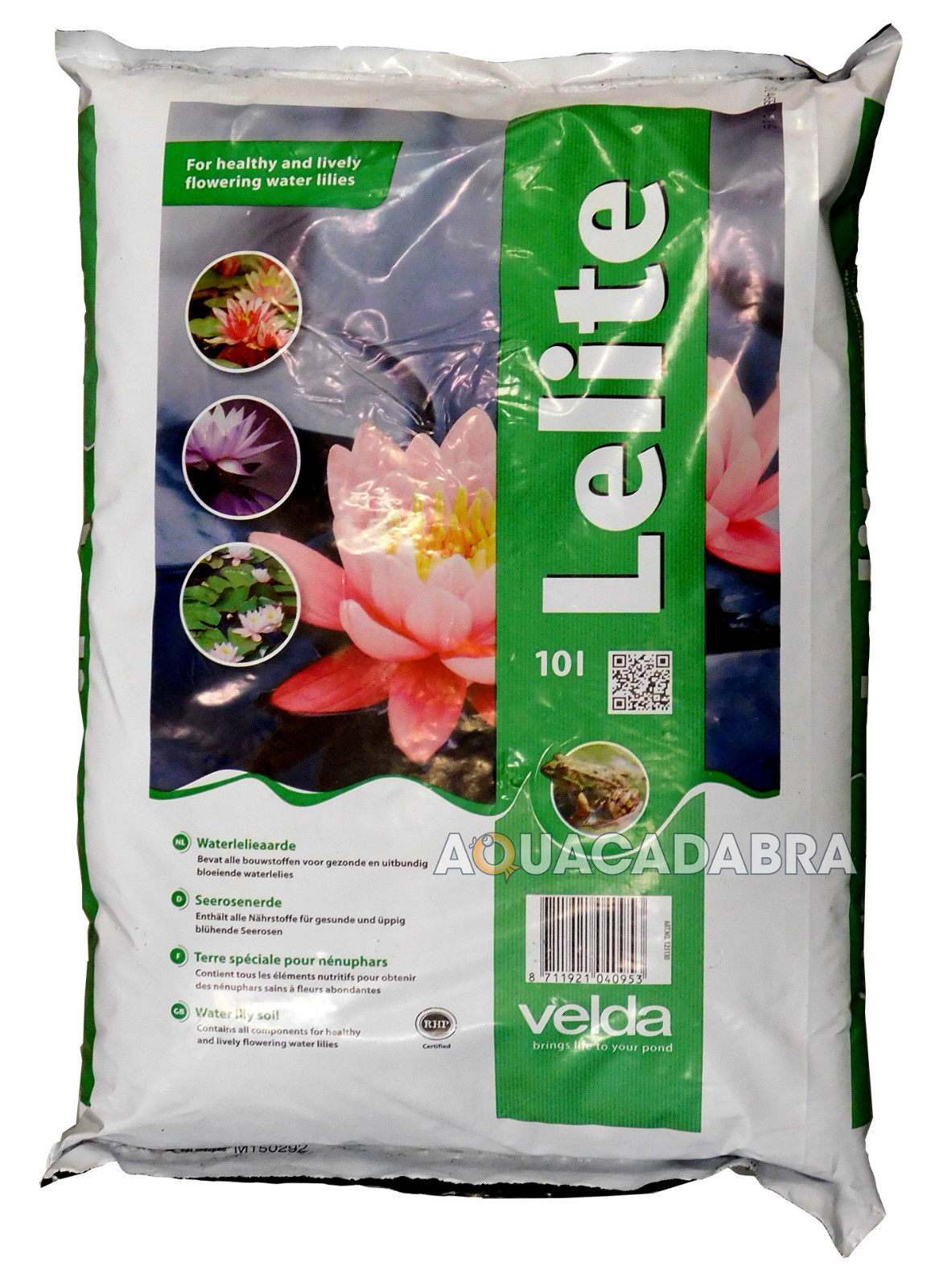

The Anthurium is also known as Painted Tongue, Flamingo Flower (Flamingo Lily) or Tail Flower.

Anthurium is a genus of more than 800 species found in the New World tropics from Mexico to northern Argentina and Uruguay.

When the flowers fade and you want to remove them, cut at the base of the flower stem, closest to the base of the plant.Anthuriums are one of the most popular tropical flowers with a long vase life of about six weeks and even more depending on the variety and season.Īnthuriums are herbaceous epiphytes native to tropical America.Crowded roots will stunt the plant’s growth!

As your anthurium grows, place it in a bigger pot.If you don’t like the look of these roots, you can cut them without hurting the plant. Don’t be alarmed when you see roots growing from the stems! These are simply aerial roots that would benefit from occasional misting.Use a soil that drains well to avoid root rot, but holds enough moisture for root absorption.Use a fertilizer high in phosphorus to promote blooms in flowering varieties.You can add cactus potting soil mix to your potting soil to help the water drain if you feel the roots are staying wet for too long! A great time to do this is when you need to re-pot your anthurium into a larger pot. Most bagged soil-less potting soil made for indoor plants will work fine but remember that you must let the soil dry out completely before watering it again. Their potting soil should contain more drainage materials (compared to soils for most indoor plants), such as wood chips, perlite, coarse sand, or pumice, to allow the water to drain quickly. Soil: They do not necessarily need soil to grow! They use the moisture from the air and nutrients from their host (usually a tree or surrounding dead plant material. To encourage more blooms, use a fertilizer higher in phosphorus during the growing season. Note -too much fertilizer can do more harm than good. However, be careful of temperature extremes: if your thermostat drops below 50☏, the anthurium will stop growing if your house gets too hot, your anthuriums will wilt.įertilizer: During the growing season (spring and summer), feed your anthurium once a month using a complete, ¼-strength liquid fertilizer. Temperature: Prefers very warm temperatures (70-90☏), but don’t worry – these plants are extremely adaptable and can flourish in typical household temperature ranges. Filling small trays with pebbles and water and grouping indoor plants together can slightly increase the humidity immediately surrounding your plants. If your humidity level is less than 50%, then consider using a humidifier to increase the level to at least 60%. Humidity: Most Anthuriums thrive on humidity, but the flowering varieties can tolerate more dryness. You will not need to water as often in the winter when the plant is not actively growing. These plants will provide signs of stress or thirst, so pay attention: thirsty plants will be light if you lift them and will have droopy or puckering leaves. The more light and warmth that your anthurium gets, the more water it will need, so check the soil for dryness every few days. Avoid over-watering (Anthurium roots are susceptible to rot!). Water: Water thoroughly when the first inch of the soil becomes dry to the touch, stopping when water starts draining from the drainage holes. Low light will slow growth, dull the color, and produce fewer, smaller “flowers.” Place your anthuriums in a setting where they will receive at least 6 hours of bright indirect sunlight each day. Light: Flowering Anthurium needs bright, indirect light (direct sunlight will scorch the leaves and flowers!). Its extremely durable and requires little care. What makes these durable, easy-care houseplants so appealing are red, white, pink, or purple waxy leaves called spathes that flare from the base of the fleshy spike where the actual tiny flowers grow. The anthurium plant is grown as a houseplant.


 0 kommentar(er)
0 kommentar(er)
